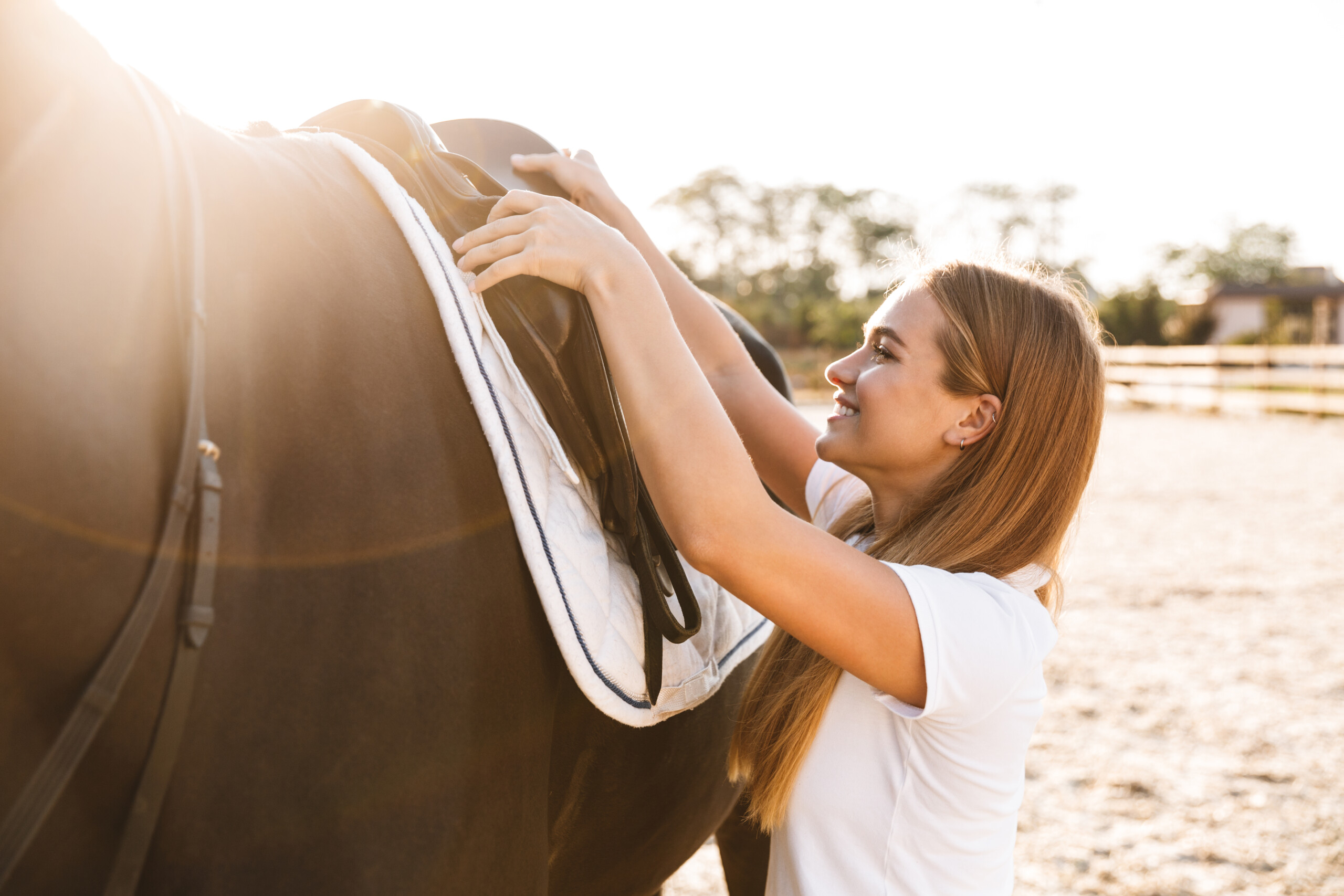Training your horse doesn’t have to be frustrating.
I’ve seen many people, myself included at different times in my life, become frustrated when trying to teach a horse something or fix a problem. Solving a problem a horse is having or correcting them can be hard enough to do without our own emotions and frustrations adding to the issues.
I’ve found that most times frustration when training horse stems from two main areas:
- A lack of grace to embrace the incremental nature of the training process
- A lack of understanding of how horses think and how they learn
Embracing the incremental growth and training process
To start, whether we are expert riders and competitors or just beginning our journey in the equine world, we must embrace the incremental process of getting better one day at a time. It is true for humans and for horses that most major breakthroughs and improvements do not happen in a day. They happen over time, and if we want to be good horsemen, we must embrace the small steps every day.
For instance, I have a 2-year-old mare I purchased a few months ago. I’ve been working with her consistently to teach her new things. But sometimes, on any given day, she might be doing something wrong or not how I’d like her to do it. On these days, I could allow myself to get frustrated, which normally exacerbates the problem, or I can choose patience, which to me is choosing to have faith in incremental day-to-day growth, no matter how small that daily growth may be.
Over this past weekend, I saw some friends out at the barn and we were all talking about how far my 2-year-old had come since initially landing at TNT Stables 3 months ago. I was remembering how she would not tie, stand still, or allow herself to be saddled or put a bridle on and I was genuinely grateful for all the days where I didn’t demand more from her than what she was ready to give. She has grown day by day both physically and mentally, and over four months, those small incremental changes every day add up.
Some days I thought she hadn’t changed or grown much at all but over time, the changes have been drastic.
Although I don’t have videos right now of her training growth, here are pictures of her physical transformation over 4 months which I would say is equally reflective of the growth she’s had in training and skills acquired. Days would pass and even weeks where I thought not much had changed but with time and patience, she’s grown almost 2 inches and has put on I’d say nearly 200 pounds. That’s a big difference.
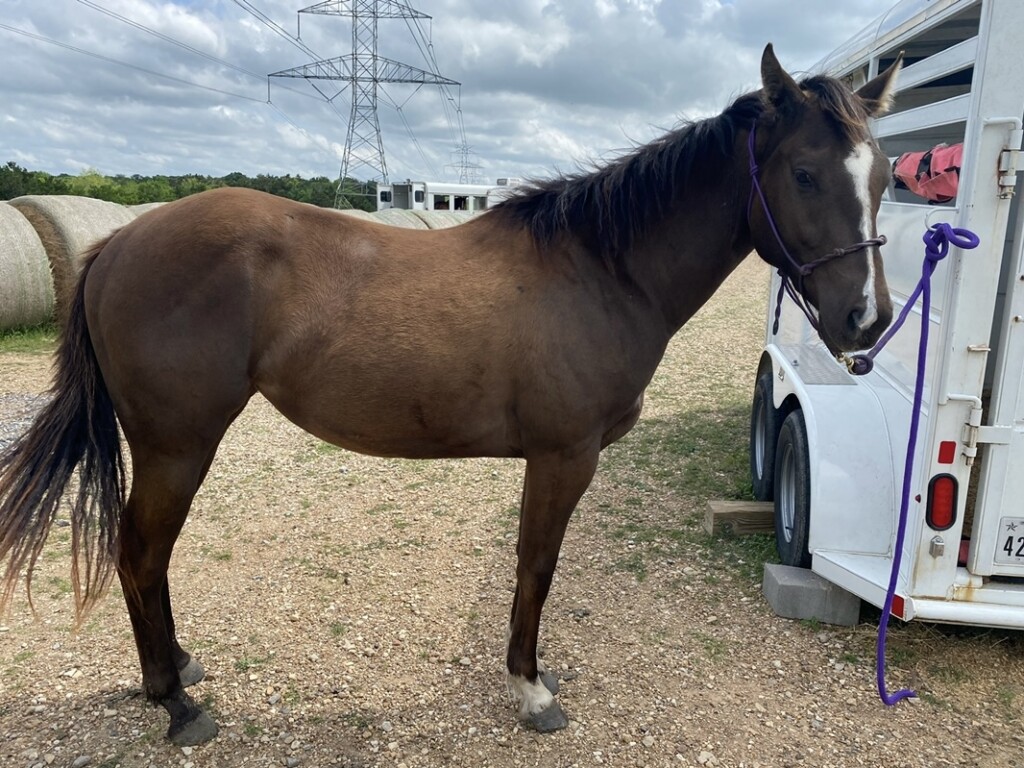
May 2022
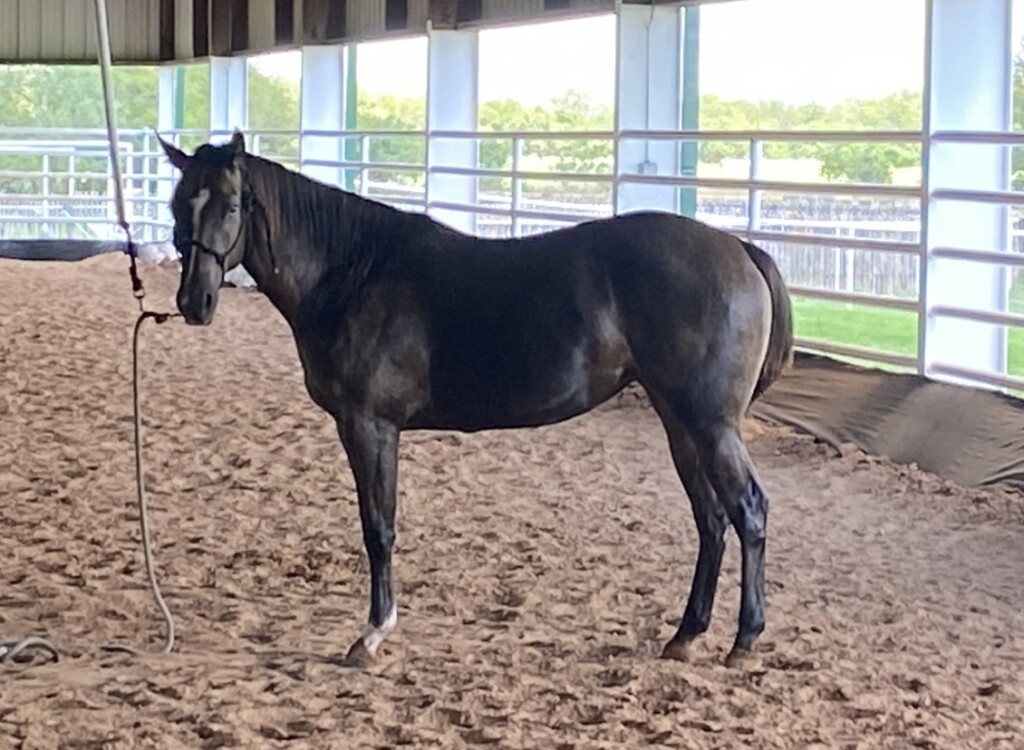
September 2022
Learning how horses think and learn
Understanding how horses think and learn is the most important revelation a horse person can have when it comes to training. Training is all about clear communication. If our communication is clear and the horse can understand what we are asking it to do, in most cases they truly want to respond and obey. But in order for communication to be clear between horse and human, we must first understand their language and how they learn.
The main way horses learn is not from pressure being added, but from pressure being released. For instance, if I am teaching a horse to yield to the right rein while riding and bend, to get him to do this willingly and softly, I will pull on the rein to add pressure, but as soon as he yields to the pressure and brings his nose around I will release the pressure immediately. This way the horse learns that when he gives into the pressure, it will be released. This is the idea at the foundation of training a responsive and soft horse.
In contrast, many people assume that if I’m trying to get a horse to yield to the right rein pressure I should hold the reins tight once he yields to show him that that is where I want him to stay. While this would make sense if we were teaching humans to do something this idea, unfortunately, backfires when we try to use it in equine training. If I used that idea teaching a reinyield, the horse would almost undoubtedly learn to just lean on the rein and make me pull him around versus learning to have a soft and responsive mouth. When we base our training on holding pressure versus releasing pressure, we end up with horses that are dull, numb, and unresponsive
This is because horses are always looking for the release of pressure, this is how we communicate to them that they did something right. My mentor growing up explained it something like this:
“When we are training a horse, it’s important they know when they did something right. If we were training a dog and he did something right we might give him a bone or a treat. Well, when we release pressure from the horse when he does something right, that’s like giving him a doggy bone.”
When I’m having trouble getting a horse to learn something, I almost always step back and analyze how I am communicating with the horse and what he thinks I’m trying to get him to do, instead of getting frustrated that he isn’t doing what I’m asking him. They almost always really want to do what we’re asking, but oftentimes there’s a breakdown in communication.
So what’s the point?
Firstly, I think the main thing I’m trying to say is to have grace for yourself and your horse to be in a learning and growth process. There will be good days and hard days but keeping your mindset in a graceful and forgiving state towards yourself and your horse will set you both up for a win.
Secondly, give yourself to learning some equine psychology if you are planning on training your horse or just growing as a horseman in general. There is always more to learn and the more understanding we have of how they think, the better we can communicate and in turn train them to do wonderful things.
More info:
Equine psychology videos
https://www.youtube.com/watch?v=BEm5tQcSiRY
https://www.youtube.com/watch?v=m_iS7P4WtaU
